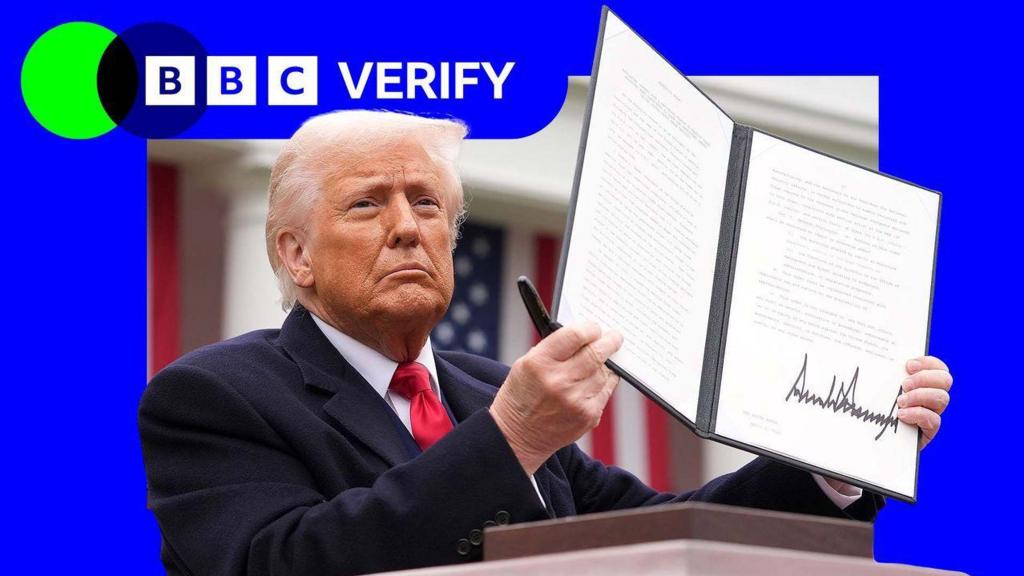The United States Court of International Trade issued a ruling on Wednesday, invalidating President Trump’s tariffs implemented under the International Emergency Economic Powers Act (IEEPA) of 1977. The court determined that IEEPA did not grant the president the authority to impose these specific tariffs.
This decision impacts the “fentanyl” tariffs levied on Canada, Mexico, and China, enacted to curb the smuggling of narcotics into the US. It also affects the “Liberation Day” tariffs announced on April 2nd, including the universal 10% baseline tariff on all US imports.
However, the ruling does not challenge the Trump administration’s 25% tariffs on steel and aluminum, nor the 25% additional tariffs on automobiles and auto parts, as these were implemented under separate legal justifications.
A US federal appeals court temporarily upheld the global tariffs on Thursday night pending review of the White House’s appeal, leaving the future of the President’s tariff policy uncertain.
Data from US Customs reveals revenue collected under various tariffs during the 2025 fiscal year (October 1, 2024 – April 30, 2025), providing insight into the impact of the court ruling.
IEEPA-justified fentanyl-related tariffs on China, Mexico, and Canada generated $11.8 billion (£8.7 billion) since February 2025. April’s 10% reciprocal tariffs (also under IEEPA) yielded $1.2 billion (£890 million).
Conversely, tariffs on metals and auto parts (unaffected by the ruling) generated approximately $3.3 billion (£2.4 billion). The largest revenue source stemmed from tariffs imposed on China during Trump’s first term, totaling $23.4 billion (£17.3 billion), unaffected by the court decision as they weren’t justified under IEEPA.
This data reflects past performance; the new tariffs were projected to generate significantly higher revenue annually. Goldman Sachs analysts estimated the invalidated tariffs could have generated nearly $200 billion (£148 billion) annually.
Capital Economics estimates the ruling would lower the US’s average external tariff from 15% to 6.5% in 2025, still significantly higher than the 2.5% level of 2024 and the highest since 1970 (15% would have been the highest since the late 1930s).
Trump utilized tariffs as leverage in negotiations. The court ruling may discourage countries from swiftly seeking deals with the US. The EU intensified negotiations last weekend after Trump threatened a 50% tariff increase under IEEPA; the EU, Japan, and Australia may now prefer to await the outcome of the White House appeal before making concessions.
Initial market reactions were positive, but uncertainty remains. Some analysts suggest Trump may attempt to reimpose tariffs under alternative legal frameworks, such as Section 301 of the 1974 Trade Act or through additional sectoral tariffs.
The WTO reported a sharp deterioration in the global trade outlook due to Trump’s tariffs, forecasting a 0.2% decline in global merchandise trade for 2025. The court ruling may improve this outlook, although uncertainty persists.
Many economists anticipate significant negative impacts on trade this year. Grace Fan of TS Lombard concludes: “Trump’s trade war is not over – not by a long shot.”
What do you want BBC Verify to investigate?

